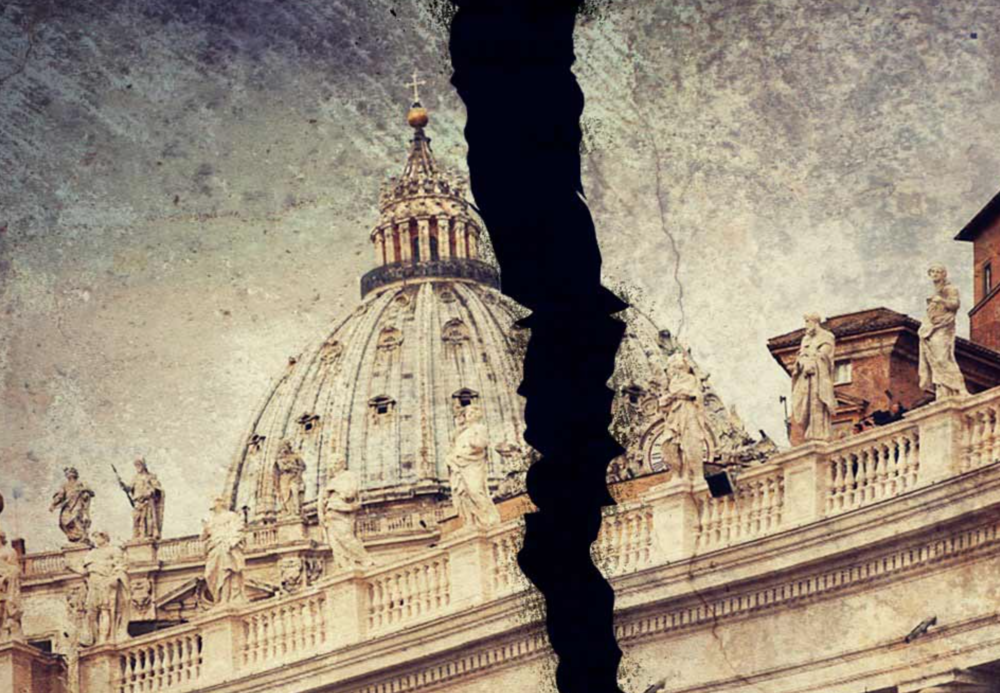It should come to no surprise to any reader that we live in a polarized nation. We are separated along political partisan lines and in our own media universes.
There are those who watch and/or read Fox News on the web and consume copious amounts of information regarding President Joe Biden and his son’s alleged ties to corruption.
On the other side, the Hunter Biden is ignored. Instead, we get investigative journalism from The New York Times looking into the dealings and relationships of conservatives such as Supreme Court Justice Clarence Thomas and Florida Gov. Ron DeSantis.
This is why tmatt keeps quoting, here at GetReligion and in his national column, the opening lines of the David French book "Divided We Fall: America's Secession Threat and How to Restore Our Nation.”
"It's time for Americans to wake up to a fundamental reality: the continued unity of the United States cannot be guaranteed," wrote French. Right now, "there is not a single important cultural, religious, political, or social force that is pulling Americans together more than it is pulling us apart."
Confession: I have found it healthy and important to watch both Fox News and read The New York Times. Both are highly influential in their respective partisan bubbles. Both impact the world around us, for better or worse, and that’s of great importance in a world were journalistic objectivity is a relic of a pre-internet world.
I also like to read columnists. I like a few. Longtime Vatican observer John L. Allen, Jr., is one. J.D. Flynn over at The Pillar is another.
Yet another must-read is New York Times columnist, blogger and author Ross Douthat.
Douthat is a convert to Catholicism and often writes about the church. He is openly pro-Catholic Catechism. Thus, it is often refreshing to read Douthat because he tackles issues his own newspaper often fails to cover. I don’t know Douthat’s reading habits but I have to think he reads guys like the aforementioned Allen and Flynn.
Douthat was the target of recent criticism in the Jesuit magazine America.










